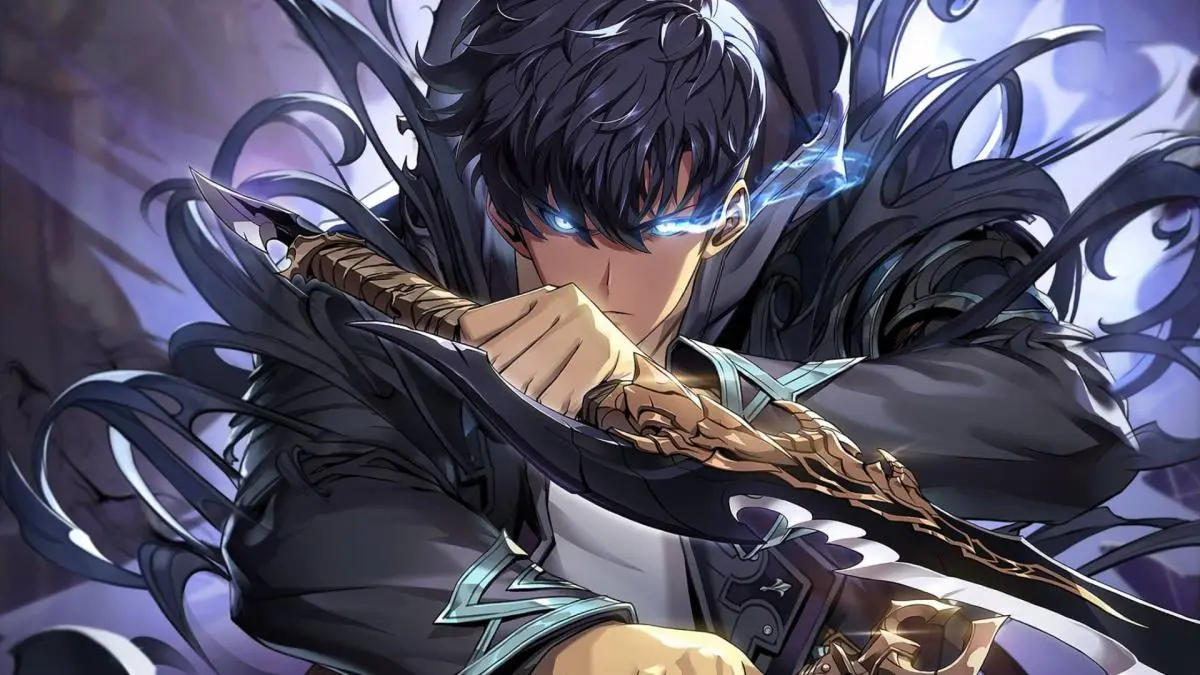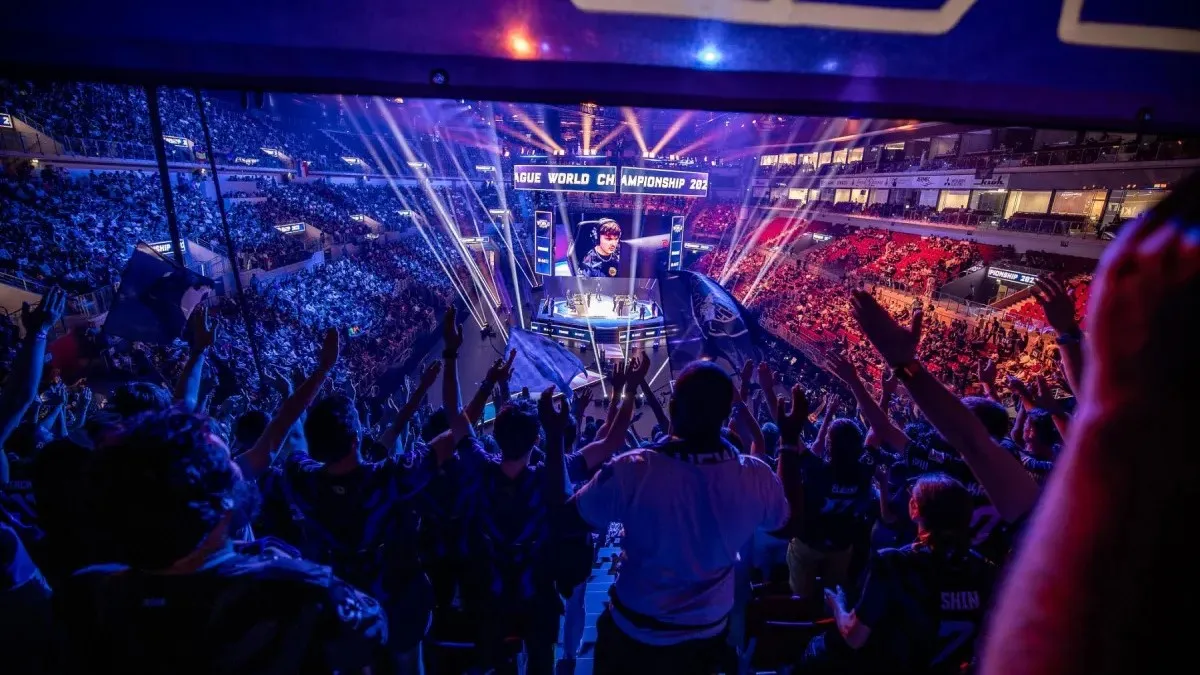Hearthstone esports had a great year in 2014—a $250,000 World Championships, organizations like DreamHack and IEM hosting tournaments, and over $1 million in prize money awarded. But the new year has already seen a number of big developments. From tiered leagues to more open tournaments to an increase in weekly series, the competitive scene continues to grow and evolve.
And at the forefront of this development is the ESL Legendary Series. Eight players have emerged from a field that combined invites and open qualifiers. They’ll compete for the $20,000 season finals, held next month at ESL’s Burbank, Calif studios. ESL committed to paying the travel and accommodation costs for the eight players, in addition to the $20,000 prize pool.
We spoke to the Legendary Series’ lead producer and Hearthstone production powerhouse Charles “m1lkcast” Watson to get the inside track on the development and execution of the Legendary Series.
How did the original idea of the Legendary Series and the Challenger Series come about?
ESL has been running open bracket Hearthstone tournaments for about a year now. I believe the NESL Preseason Cup ran bi-weekly up to no. 78 before we switched over to the Challenger Series, so these open cups have been something ESL has been doing for a while. The Legendary Series specifically was born from a project we had running at NESL, the King of the Hill tournament, one of the first live online tournament streams in the Hearthstone scene. We’d take the winner of the Preseason Cup, an invited player, and the winner of the previous week and pair them head-to-head.
King of the Hill always felt like a solid proof of concept to us, and I think everyone on the Legendary Series team looked at those shows as a building block for what we wanted to do. It’s pretty much a bigger King of the Hill tournament: more players through open, more invites, and three people going to the next week of play instead of one.
What are you hoping to achieve with it?
It’s a huge undertaking but we’re really making it work.
Given the nature of what ESL does, an open bracket model was pretty important. I’ve been lucky enough to meet a lot of the people in the pro Hearthstone scene at LAN events or online, and I think that the guys who are well known now definitely deserve to be in the tournaments they’re in.
But who else also deserves to be at the LANs, and in the spotlight? Who are the unknown players who are the next big thing in Hearthstone?
That’s a huge component of what we all want to do with the ESL Legendary Series. When a newcomer qualifies through open and faces one of the giants of the Hearthstone scene, and pulls out a ridiculous victory? It’s awesome! Luckily, so far in the season we’ve had a number of those David vs Goliath matches.
Can you briefly outline how it works, and the format?
There are eight weeks of online play, leading to an eight-man LAN final hosted out of our studio in Burbank, California. Four of the eight players qualify through season points, four are direct qualifiers from weeks five-eight. Each week, players from the open bracket compete against invited players, and the previous weeks’ winner and runner ups.
The schedule starts off with an open bracket tournament on Sunday. This Challenger Cup plays through to the final eight. The following Friday, the open bracket finalists play the open to the top two live on stream. Saturday’s match day is where we see eight players battle it out for a chance to go to the LAN final.
Players bring three decks to the tournament. For games 1/2/3 of each best of five, the decks are arranged (by the player) in a random order. Both players submit the deck order, and play out the matchups that fall into place. For games 4/5 of each match, it is blind pick—decks can’t be banned or eliminated, and you can re-pick the same class even if you lose.
Why did you decide to go with weekly events leading to a season finale rather than one high profile tournament?
There aren’t many consistent weekly formats in Hearthstone that really give a lot of opportunities to players to prove themselves, especially in America. LAN events are amazing, so it’s sort of sad that they sit at opposite ends of the spectrum. For the Legendary Series, we were trying to find a happy medium between the two—and of course, we’re still going have our LAN event mid-February.
Have you been pleased with the tournament series so far?
There’s always room for improvement, and this is just the beginning of the Legendary Series—but the community is really starting to pay attention to the show, and the response to our weekly open bracket has been excellent. We’re feeling good about the ecosystem we’re creating, now we get to really put in the finesse work to create a Series that the community really care about.
During Blizzcon, the admin team and some of the guys from Blizzard got together and tried netdecking a few of the tournament decks people had brought—it didn’t go so well. Some of the decks we’ve seen in the Legendary Series so far are a blast to bring to ladder, and it’s great to see people in the break room playing Pinpingho’s Shaman the day after a Legendary Series broadcast. That’s exactly what we wanted!
What have been the major challenges you’ve faced?
Blizzard were kind enough to invite the ESL production team to their Irvine campus for an early preview of spectator mode. It’s great to see Blizzard really catch the fire of Hearthstone’s competitive scene and I’m interested in seeing what they come up with next.
After that meeting, we knew that all we had to do was get through the first two weeks of production until the spectator mode was released – it really has made open tournaments possible, as a lot of players just don’t have the bandwidth or resources to stream their gameplay.
If you think back to the first week of the Legendary Series, a really talented player from India called gcttirth was unable to get his matches streamed due to bandwidth constraints. It’s still challenging getting some players to use webcams!
Things are going very smoothly though. We’ve got a great production team, a great online team and great admins—it’s a huge undertaking but we’re really making it work.
After the February finals, what is the plan for the future?
Season Two and beyond. We’re going to take what we’ve started and build on it in a big way. We’re still evaluating the exact structure of Season Two, but we’ve all got the same goal in mind. A bigger focus on the players competing each week, a bigger emphasis on the open bracket portion of our event, and a storyline that people really follow week to week.
I think that the jump from Season One to Season Two is going to feel as meaningful as our jump from King of the Hill to Legendary Series. I’m excited!





